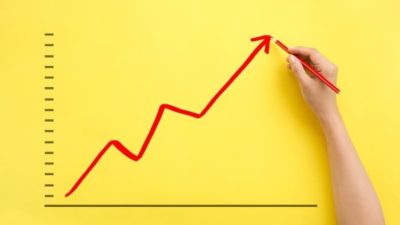The National Australia Bank Ltd. (ASX: NAB) share price staged a recovery following the banks decision to break its pledge not to lift interest rates on its mortgages.
The NAB share price had spent most of the day in the red but bounced up 0.3% during lunch time trade to $24.58 following a report in the Australian Financial Review that it would lift rates by up to 16 basis points.
The decision may not have driven the recovery though as the Commonwealth Bank of Australia (ASX: CBA), Westpac Banking Corp (ASX: WBC) share price and Australia and New Zealand Banking Group (ASX: ANZ) share price have also climbed back into the black with the S&P/ASX 200 (Index:^AXJO) (ASX:XJO) index.
However, NAB's decision to join the other big banks to lift rates independent of the Reserve Bank of Australia (RBA) will be welcomed by shareholders as bank margins have been under pressure from rising funding costs.
Falling in-line
NAB had initially said it would keep rates steady for as long as it could when its rivals were lifting variable rates on a number of their loan products.
That decision was seen to win back goodwill towards NAB in the face of damning revelations of bad behaviour at the Hayne Royal Commission, which is expected to hand in its final report next month.
NAB's increase to its principal and interest loans for owner-occupiers by 12 basis points (bps) to 5.36% and interest-only owner-occupier loans by 16bps to 5.93% come at a time when experts are warning of more housing market pain in 2019.
More housing pain
This is particularly so for the Sydney market with Credit Suisse warning that there is no light at the end of the tunnel even though Chinese buyer enquires are up and building activity has slowed significantly.
"However, even after all of these 'positives', our proxy for the housing demand-to-supply balance remains 30% below breakeven levels—and this before even considering the wildcards of deteriorating investor interest or rising insolvencies," said the broker in a note released today.
"Retail, housing and banking stocks have underperformed materially over the past year. But our models suggest that housing market equilibrium can only be achieved by 2H 2020 at the earliest. As such, we believe there is more downside to these sectors yet to play out, and we caution against fighting the momentum at this juncture."
Bank valuations and dividend yields may look very enticing, but I also think it's too early to be bottom-picking the sector.
Buying beaten down bank stocks now is like trying to catch a falling knife, and I lack the dexterity to pull off such a feat.








